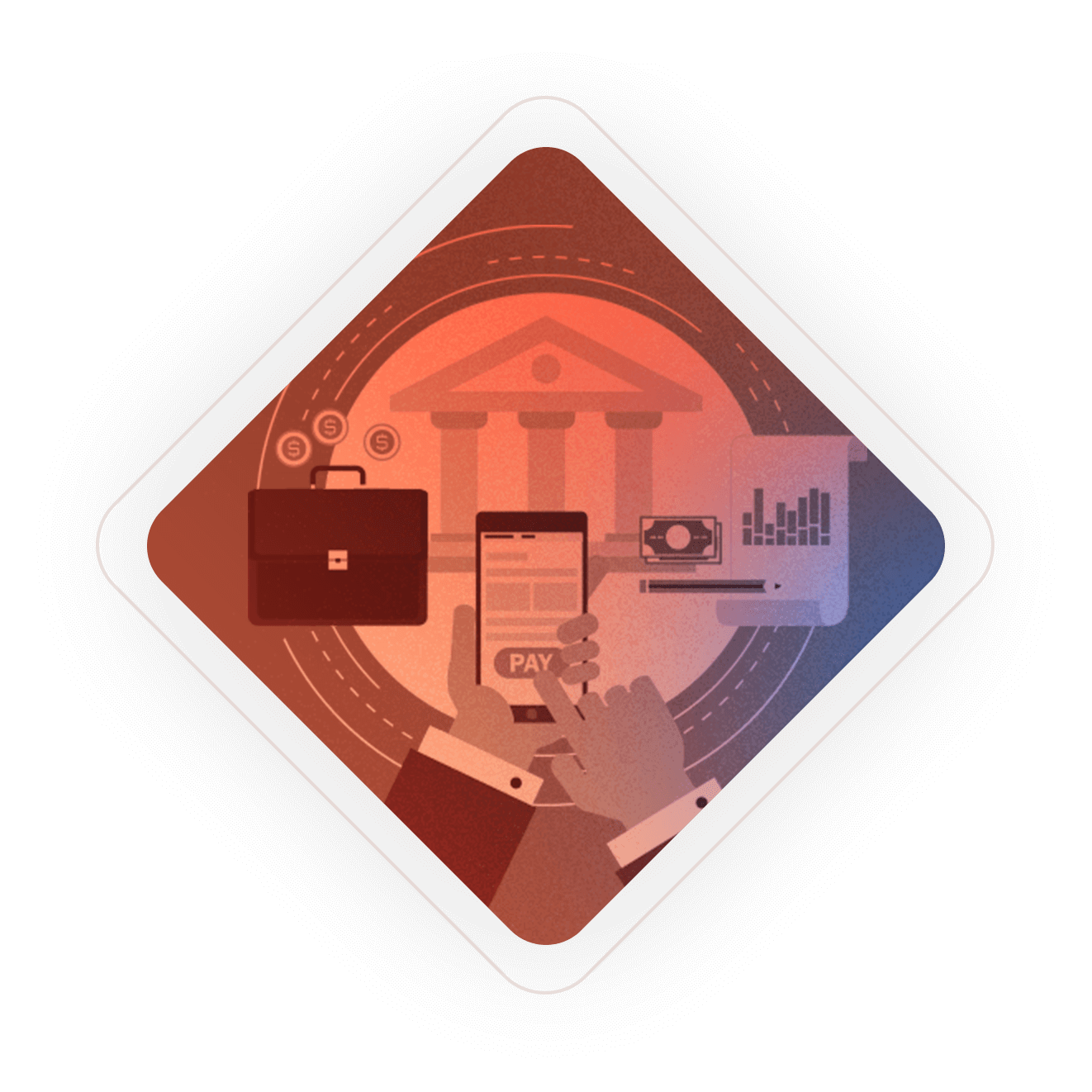
Functional and Non-Functional of Back Office Systems for an Investment Bank
Leading investment bank saw a dramatic expansion of its trading business from large numbers of new clients trading via the bank’s DMA system. The client’s IT systems provider suggested that migrating the core back office database to a newer version of the RDBMS could achieve a 30% capacity increases. The bank’s management called on Allied Testing to organize the migration and provide a comprehensive QA solution.
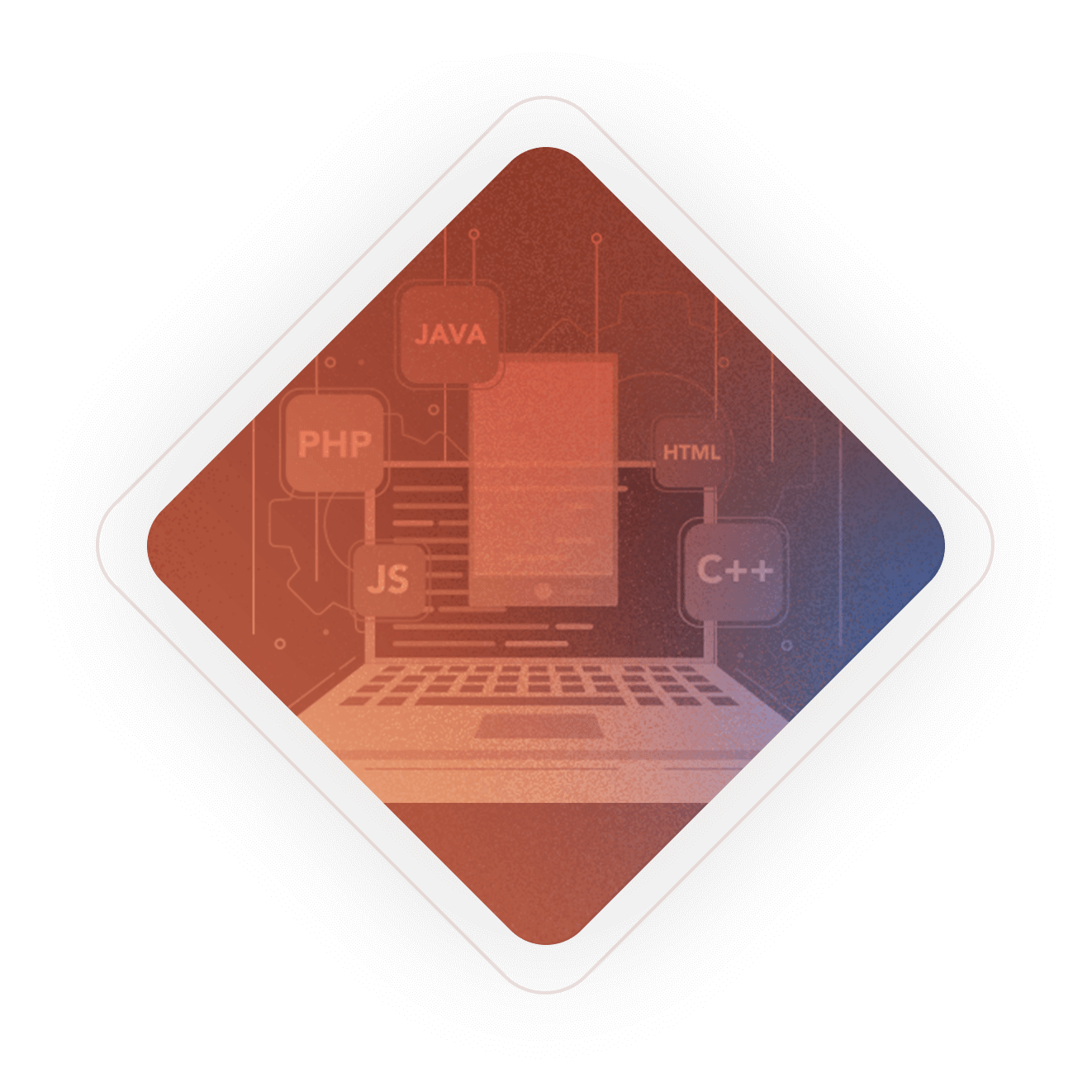
Front-End Testing for Major Brokerage
Front-end applications are a major part of any trading platform. However, nothing exists in isolation, and our preferred approach is to test the system as a whole, which calls for tight integration between testing of front-end and back-end components of a trading platform. This case study summarizes the approach Allied has taken when tasked with testing front-end applications for a major US brokerage, while also examining test coverage / test suite structure and the optimal test team composition.
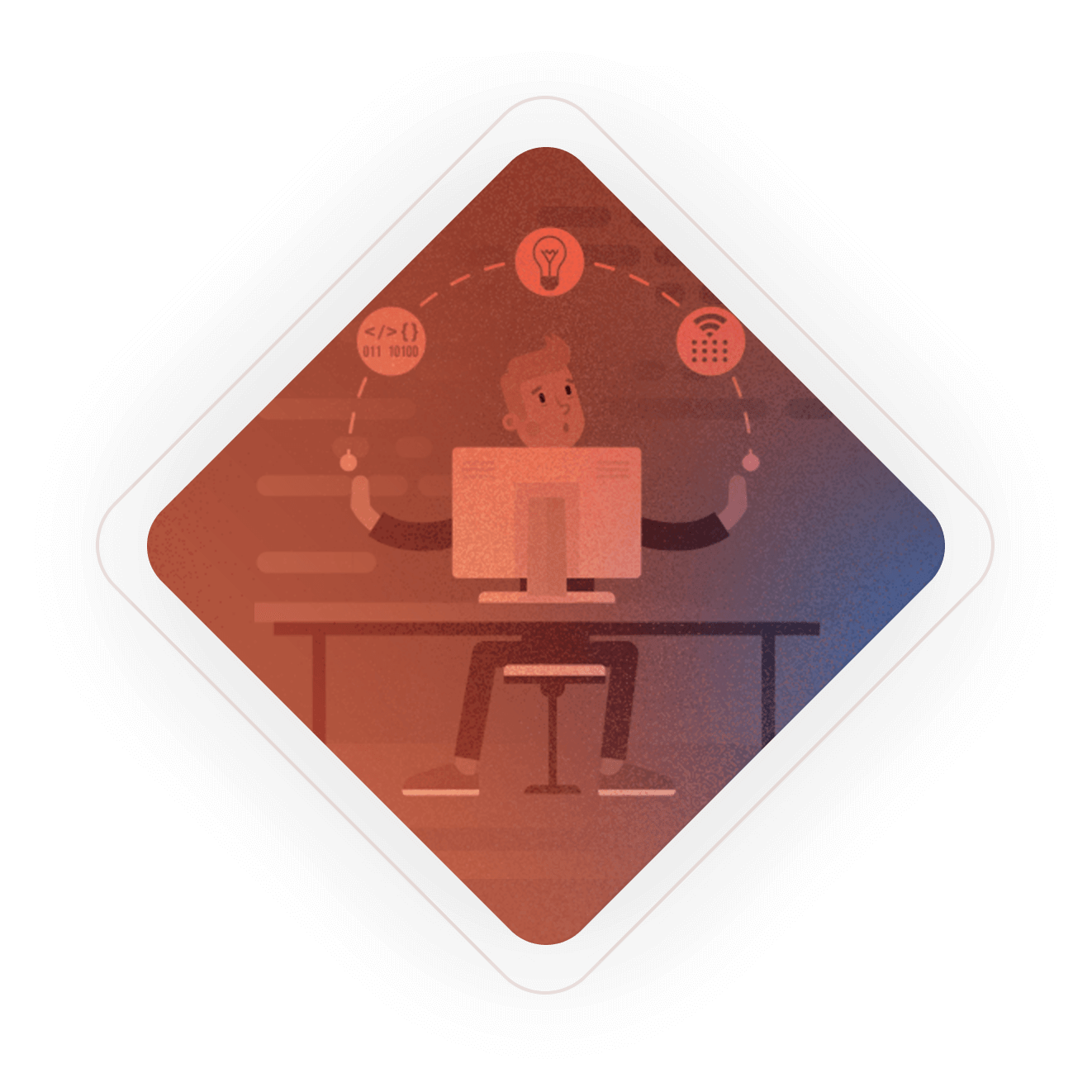
Order Audit Trail System Testing Solution
With the invaluable experience that we gained over the years, we stand ready to provide a complete range of compliance testing solutions for OATS and OTS reporting regardless of the system complexity.

QA Strategy and Services for a Global CRM Development Program
The client, the world’s leading market intelligence and technology provider to the financial industry, was implementing a global unified platform for the customer administration process. Creating a new platform that would meet the expectations of multiple groups of business users in a large global enterprise is a uniquely difficult task. Allied was asked to come on board soon after the launch of the program to help analyze and improve the quality management process.
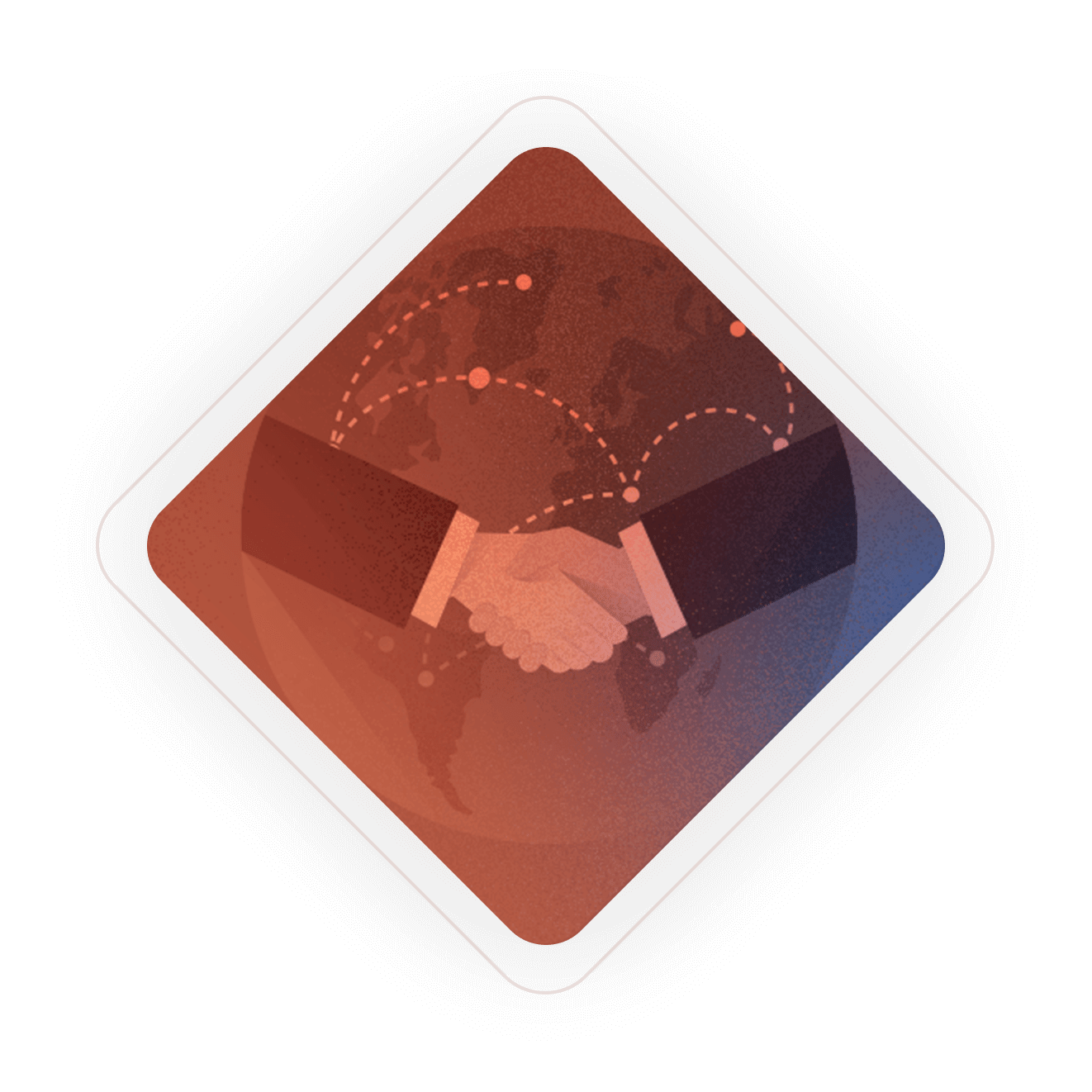
Capacity and Performance Testing of a Global Equity Trading System
Comprehensive performance and capacity testing of a highly complex and critical trading platform can be a daunting task. In order to investigate and improve the capacity and performance of the product at the heart of its equity trading infrastructure, a leading investment bank’s Global Equity Trading Group called on an experienced partner with proven expertise in both quality assurance and the trading industry.

Network Capacity and Latency Testing
As market data volumes continue to grow, trading systems face significant technological challenges. To be successful in today’s highly competitive market, a system has to satisfy a number of aggressive nonfunctional requirements, namely: low latency, high capacity and high availability.

UAT Support for a Global CRM Development Program
The client, world’s leading market intelligence and technology provider to the financial industry, was implementing a global unified platform for the customer administration process and as part of the process had to go through UAT process.
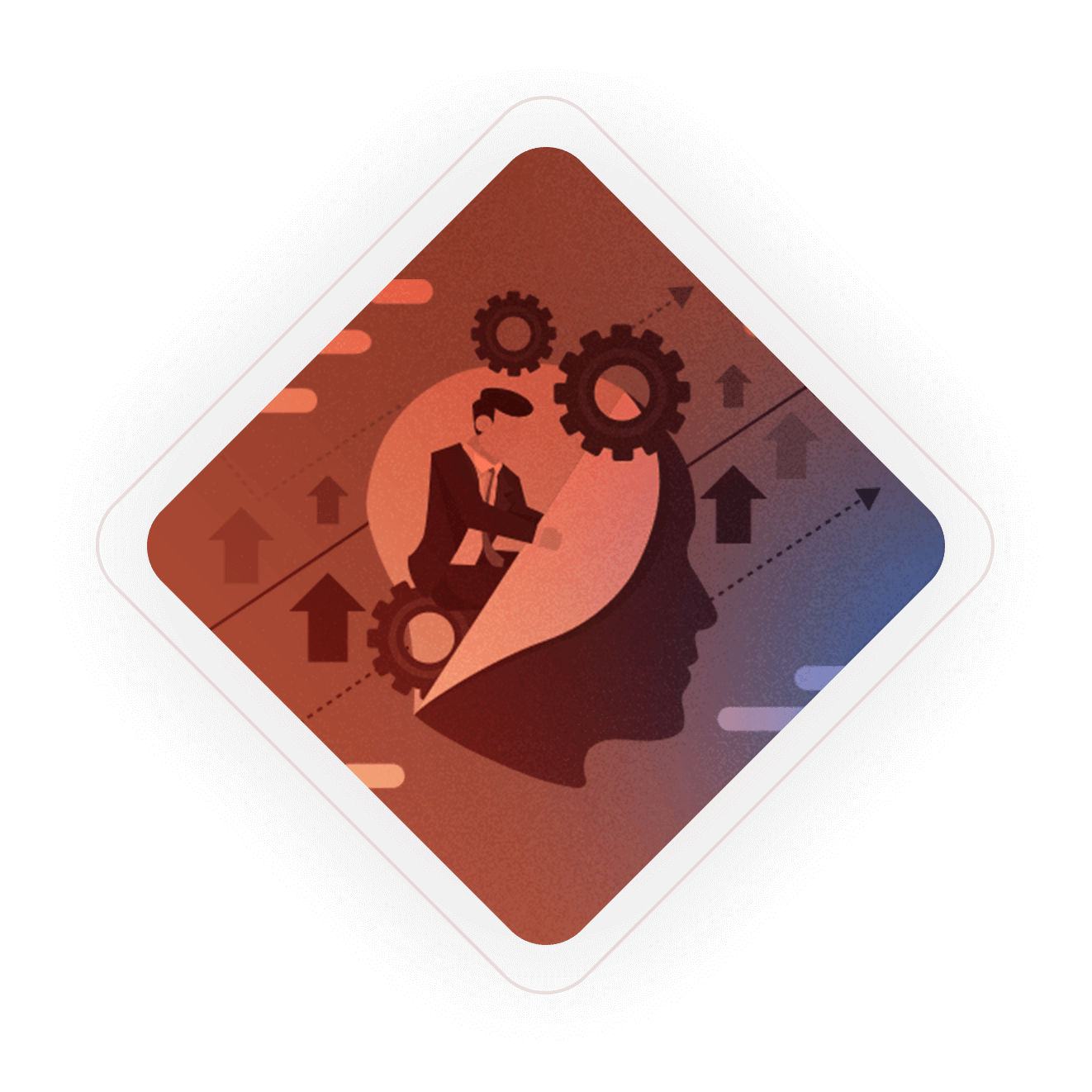
Specialist Testing Provider Helps Improve Quality of Flagship Product
When testing applications of highly specialized nature, expert testers with deep knowledge of the particular domain can significantly improve the effectiveness of the QA process (vs. using “vanilla” testing resources that do not possess the understanding of the underlying business logic). In this case, engaging a specialist testing provider impacted the amount of testing effort needed to achieve required levels of quality, as well as time-to-market, the product’s quality and reputation, and customer loyalty.

Helping a Leading US Broker Implement A Streamlined QA and Sourcing Strategy
The client, one of the United States’ largest retail brokers, had recently acquired a small, dynamic company that had developed an advanced technology targeting a new attractive market segment (active traders). The smaller company, with its few clients and small potential impact of negative publicity resulting from potential defects, had never adopted a proper QA process, and had only fourteen testers vs. over 150 developers. A team of QA engineers helped the client define a unified, comprehensive QA strategy, as well as an optimized comprehensive sourcing strategy around quality management.